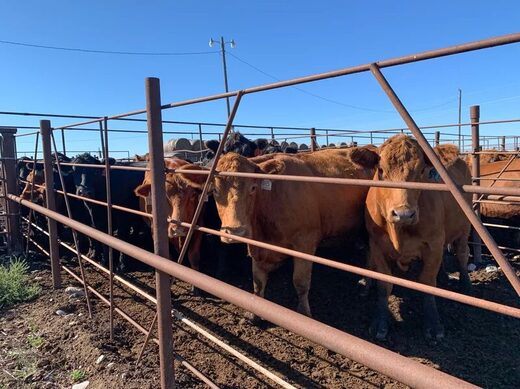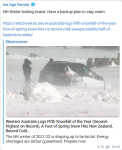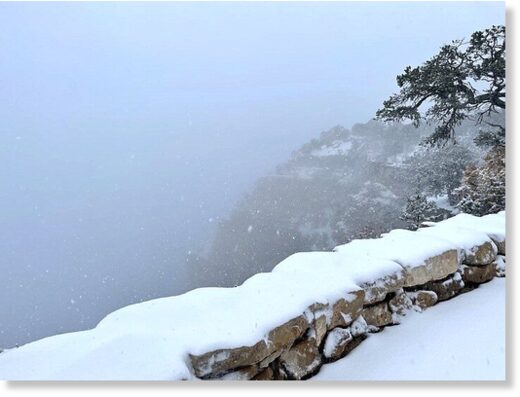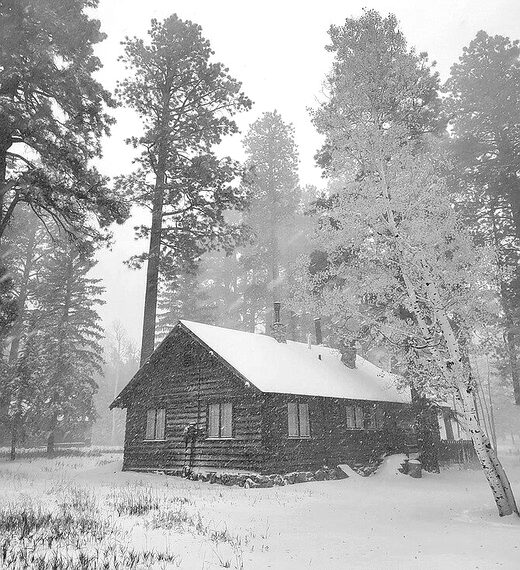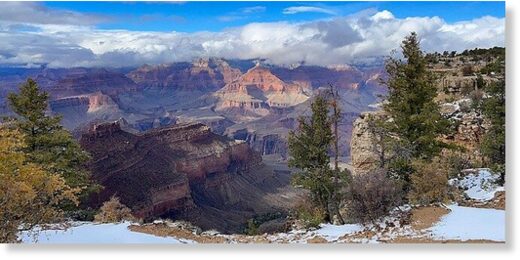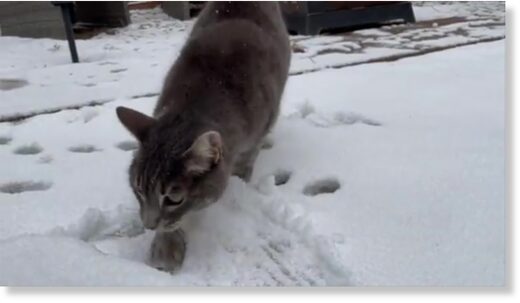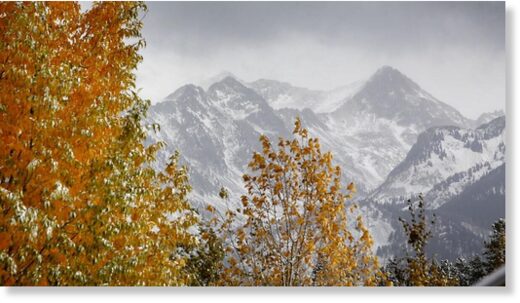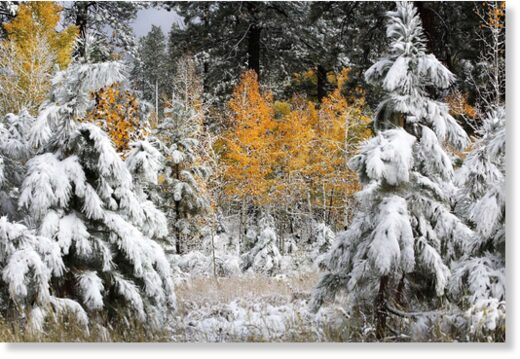Western Sydney Suffers Coldest October Day in 26 Years, Sudden Drop In Temperature Leads to Early Snow in China, Heavy Flurries Batter MT, UT and CO, as the Global Energy Crisis Worsens - Electroverse
Articles Extreme Weather GSM
WESTERN SYDNEY SUFFERS COLDEST OCTOBER DAY IN 26 YEARS, SUDDEN DROP IN TEMPERATURE LEADS TO EARLY SNOW IN CHINA, HEAVY FLURRIES BATTER MT, UT AND CO, AS THE GLOBAL ENERGY CRISIS WORSENS
OCTOBER 12, 2021 CAP ALLON
A global energy shortage is upon us. Prices for this most basic commodity are soaring, which is having a knock on effect on food production — winter 2021-22 is setting up to be the first real taste of the Grand Solar Minimum to come.
Things are playing out exactly as the ‘skeptics’ suggested it would: how many global warming proponents warned of record cold winters leading to coal and gas shortages, and that this scenario would be compounded by failing wind and solar farms?
But this
is the reality we’re living — any other reporting is false, and likely paid AGW Party propaganda.
1984.
WESTERN SYDNEY RECORDS COLDEST OCTOBER DAY IN 26 YEARS
Sydney’s western suburbs had their coldest October day in more than two decades on Monday — holding below 14C in Richmond and Penrith, reports skynews.com.au.
A string of polar fronts have been rolling across the Australian continent of late, and have delivered widespread rain, isolated thunderstorms and even some rare spring snow to the southeast.
Sky News Australia meteorologist Robert Sharpe says the rainband is clearing off the east coast today, but that things will remain cold: “Further south, Sydney’s rain totals were smaller, but the temperatures were frigid. Sydney’s western suburbs had their coldest October day in 26 years on Monday … staying below 14 degrees all day in both Richmond and Penrith.
“Meanwhile, dangerous thunderstorms will spread across eastern NSW and southeastern QLD. Thursday’s storms look nasty. There is a high chance of multiple supercell storms developing — the most dangerous type of storm.
“There is even the chance that a couple of tornadoes could form within these cells like they did a couple of weeks ago near Bathurst, Narrabri and Horsham,” concluded Sharpe.
With regards to the cold, latest GFS runs see anomalous Antarctic chills persisting for many into the weekend:

GFS 2m Temperature Anomalies (C) Oct 10 – Oct 16 [
tropicaltidbits.com].
Rare spring snow is forecast to accompany the cold:

GFS Total Snowfall (cm) Oct 12 – Oct 28 [
tropicaltidbits.com].
And looking a little further ahead, current models are suggesting a return to the cold on Oct 28:

GFS 2m Temperature Anomalies (C) Oct 28 [
tropicaltidbits.com].
Rug up Australians, and continue burning that coal.
With an average temperature of -61.1C (-78F), the South Pole has just logged its coldest 6-month spell ever recorded (April-Sept).

electroverse.net
Unusual spring cold is being felt in nearby
New Zealand, too.
Here, as reported by
stuff.co.nz, a cold front moving up the country has delivered snow as far north as the central North Island.
Severe low temperatures and heavy snow also swept alpine areas of the South Island overnight on Monday — in Central Otago, for example, residents of Naseby woke to accumulations of up to 10cm (4 inches) .
There was also widespread snow throughout the Mackenzie Basin and in the hills above Queenstown and Wānaka with the Remarkables ski receiving a “whopping” 20cm (8 inches) dumping of snow overnight, a spokesperson said.
Fresh snow also enabled Mt Hutt ski field in Canterbury to extend its season through to Labour Weekend for the first time since 2008 (since solar minimum of cycle 24), a spokesperson said.

The Remarkables ski field had 20cm (8 inches) of snow during the spring storm overnight [NZSKI/ALEX STUART].
Cold and snow aren’t the only phenomena that the Southern Pole will
kick up to NZ this week.
No, the New Zealand Aurora Nowcasing service predicts there is a high probability southerners will see the Southern Lights tonight (Oct 12) as soon as it gets dark.
As predicted, a CME hit Earth’s magnetic field on Oct 12.
The impact, which occurred at approximately 02:30 UT, sparked a G2-class geomagnetic storm:

Auroras quickly spread across northern Europe, Iceland, Canada, and multiple northern-tier US states, as well as large areas of the southern hemisphere–known here as
the Aurora Australis.

“The best colours we’ve seen in years around Saskatoon,” said photographer Frank Lang.
SUDDEN DROP IN TEMPERATURE LEADS TO EARLY SNOW IN CHINA
A sudden drop in temperatures has led to early season snowfalls in parts of China, surprising many residents.
As reported by
CCTV Video News Agency on YouTube, Yijun County ushered in the first snowfall of the season on Sunday, while Binzhou County and Longxian County were also hit by “surprising snowfalls”.
Snow in and around the Greater Khingan Mountains led to traffic chaos and power outages, and in response local authorities have initiated “emergency plans” to clear the accumulated snow and to restore electricity.
View: https://youtu.be/T3VXMuhqn-U
Run time is 1:58
THE GLOBAL ENERGY CRISIS WORSENS
China has been struggling to power its economy all year as energy shortages sweep the globe.
The CCP has even eased its carbon emission targets to allow for the firing-up of coal power plants.
However, hindering that effort comes the news that flooding has forced mine shutdowns in China’s biggest coal-producing region — floods have closed 60 of the 682 coal mines in Shanxi province, a region that has produced 30% of China’s supply of the fuel this year, further hampering efforts by Beijing to boost energy supplies before winter sets in, and adding to a worsening energy crisis that is already hampering GLOBAL economic growth
As reported by
business-standard.com, the mine outages are hurting China’s efforts to boost coal output and ensure power supplies for the winter heating season.
The State Council said it would allow all coal-fired power to be traded in the market instead of being subject to regulated prices, and promoted increasing capacity in qualified coal mines.
China’s government has also asked miners to spare no costs in boosting coal supplies, and has given them permission to operate at full capacity even after hitting their annual quotas.
Even with these efforts, China could face a coal supply gap of 30 million to 40 million tons in the fourth quarter, Citic Securities analysts said in an Oct 8 report. A shortage of the fuel could cut industrial power use by 10% to 15% in November and December, which would potentially translate into a 30% slowdown in activity in the most energy-intensive sectors like steel, chemicals and cement-making, according to UBS Group AG.

Coal futures on the Zhengzhou Commodity Exchange rose 12% Monday to close at 1,408.2 yuan ($218.76) a ton, a new record for the most-active contract.
Again, and
still not widely discussed, these shortages are due to
1) a record cold winter 2020-21 across Europe and Asia which depleted supplies,
2) failing renewables, and
3) poor foresight by ‘green’-hamstrung politicians.
Another cold winter could prove disastrous, and, predictably, another cold winter is on the cards: The China Meteorological Administration foresees a La Nina weather pattern prevailing between October and December, which is expected to deliver “more frequent and stronger cold waves” — this pattern will actually impact the entire northern hemisphere, too, and could lead to widespread blackouts during the coldest months of the year.
In addition to China, another economic powerhouse, India, is also facing a looming power crisis — stocks of coal in power plants have fallen to unprecedentedly low levels and states are warning of
further blackouts.
States across India have issued panicked warnings that coal supplies to thermal power plants, which convert heat from coal to electricity, are running perilously low. According to data from the Central Electricity Authority of India, and as reported by
The Guardian, nearly 80% of the country’s coal-fired plants were in the critical, or “supercritical” stage, meaning their stocks could run out in less than five days.
And if soaring gas and coal prices wasn’t enough, oil topped $84 a barrel for the first time in years this week: Brent crude rose as high as $84.60 in London — a level not seen since October 2018; while the US benchmark, West Texas Intermediate, traded above $81 a barrel — its highest since late 2014.
As discussed for a while now, this is looking increasingly like a
controlled demolition of society.
Get out of the cities.
Become self-reliant.
‘The system’ will not have your back when the SHTF.
HEAVY FLURRIES BATTER MT, UT AND CO
MT
Power outages are sweeping Bozeman, Montana this week due to heavy snow:
![items.[0].image.alt items.[0].image.alt](https://ewscripps.brightspotcdn.com/dims4/default/d7ac681/2147483647/strip/true/crop/1435x807+0+158/resize/1280x720!/quality/90/?url=http%3A%2F%2Fewscripps-brightspot.s3.amazonaws.com%2Fb6%2Fd5%2F08aae95f405ea68b1d272ca48678%2Fbozeman-snow.jpg)
Northwestern Energy, the Montana Department of Transportation, and the City of Bozeman are responding to fallen trees and branches. While the Bozeman Police Dept. issued the following warning on Facebook:
 UT
A strong storm system has engulfed the majority of Utah, one that will impact the state through Wednesday morning.
UT
A strong storm system has engulfed the majority of Utah, one that will impact the state through Wednesday morning.
Heavy snow was already seen in Little Cottonwood Canyon as the sun began to set Monday.
Winter Storm Warnings have been issued for the Wasatch Plateau/Book Cliffs, Western Uinta Mountains, Central Mountains, Southern Mountains, Eastern Juab/Millard Counties, and Southwest Utah.
Snow accumulation could reach up to 20 inches in the mountains, according to the National Weather Service, with snow continuing to fall Tuesday in the morning in the central mountains, with scattered snow in the northern mountains Wednesday.
 CO
The first of two powerful storms is now impacting Colorado, kicking off snowpack season and bringing Denver its first wintry flurries
CO
The first of two powerful storms is now impacting Colorado, kicking off snowpack season and bringing Denver its first wintry flurries.
The first storm is bringing with it 65 mph winds and more than a foot of snow to some mountain locations.
The second serious storm, due to move into CO on Thursday, is set to hit the mountains with another round of heavy snow and wind, and bring Denver and the Front Range its first measurable snow and sub-freezing temperatures of the season.
The weather models (shown below) paint the full picture — they reveal that the entire western half of the CONUS will be hit by anomalous cold and disruptive, potentially record-breaking early-season snow:

GFS 2m Temperature Anomalies (C) Oct 13 [
tropicaltidbits.com].

GFS Total Snowfall (inches) Oct 12 – Oct 28 [
tropicaltidbits.com].
This is October, right…?
The
COLD TIMES are returning, the mid-latitudes are
REFREEZING, in line with
the great conjunction,
historically low solar activity,
cloud-nucleating Cosmic Rays, and a
meridional jet stream flow (among other forcings).
Both NOAA and NASA appear to agree,
if you read between the lines, with NOAA saying we’re entering a
‘full-blown’ Grand Solar Minimum in the late-2020s, and NASA seeing this upcoming solar cycle
(25) as “
the weakest of the past 200 years”, with the agency correlating previous solar shutdowns to prolonged periods of global cooling
here.
Furthermore, we can’t ignore the slew of new scientific papers stating the immense impact
The Beaufort Gyre could have on the Gulf Stream, and therefore the climate overall.

 Prepare accordingly
Prepare accordingly—
learn the facts, relocate if need be, and grow your own.





















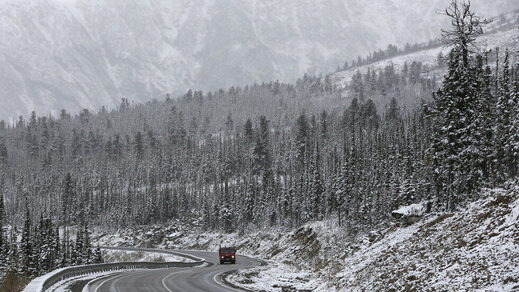






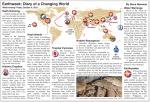




















![items.[0].image.alt items.[0].image.alt](https://ewscripps.brightspotcdn.com/dims4/default/d7ac681/2147483647/strip/true/crop/1435x807+0+158/resize/1280x720!/quality/90/?url=http%3A%2F%2Fewscripps-brightspot.s3.amazonaws.com%2Fb6%2Fd5%2F08aae95f405ea68b1d272ca48678%2Fbozeman-snow.jpg)




